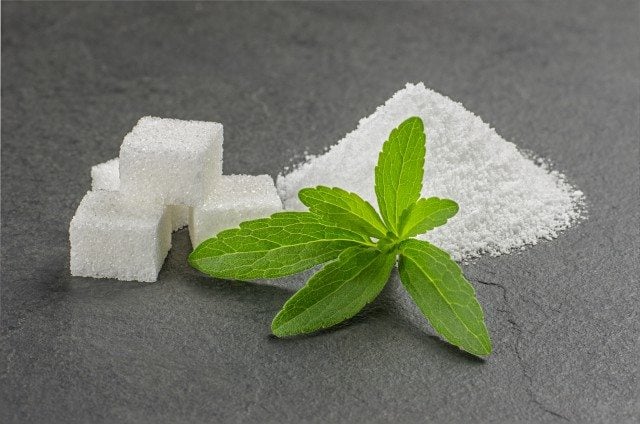Through its non-GMO 2014 agricultural program, GLG Life Tech Corporation has developed a new stevia seedling variety that is expected to decrease the cost of producing high-purity Rebaudioside A (Reb A or RA) stevia extracts by 50% to 60%. Dubbed the Super RA or SRA variety, this strain contains double the amount of total steviol glycosides (TSG) and nearly triple the amount of Reb A glycosides than contained in conventional stevia leaf on the market today.
With such a huge increase in Reb A glycoside content, producing one ton of either intermediate or high-purity extract will require far less stevia leaf – the predominant cost factor – than is presently required.
Other costs of production will also be reduced correspondingly.
In sum, compared to the overall costs of producing Reb A extracts using today’s conventional stevia seedlings, GLG expects costs for the production of Reb A extracts to be cut by more than half.
Laboratory results have confirmed GLG’s initial findings regarding leaf content.
The SRA leaf contains 21% TSG, which is double today’s average leaf content of 10-11% TSG that triples Reb A content.
Additionally, the percentage of TSG that comprises Reb A is 76%, compared to an average value today of about 50%.
On a dry weight basis, this means that Reb A is present in the SRA leaf at levels of about 16% (relative to total leaf weight), compared to less than 6% for conventional leaf.
Furthermore, the SRA variety derives from GLG’s Huinong line of stevia plants, which, in addition to producing high-Reb A and high-TSG, also carries traits of high leaf or biomass yield (typically 30%-40% bigger than conventional plants) and high disease resistance.










